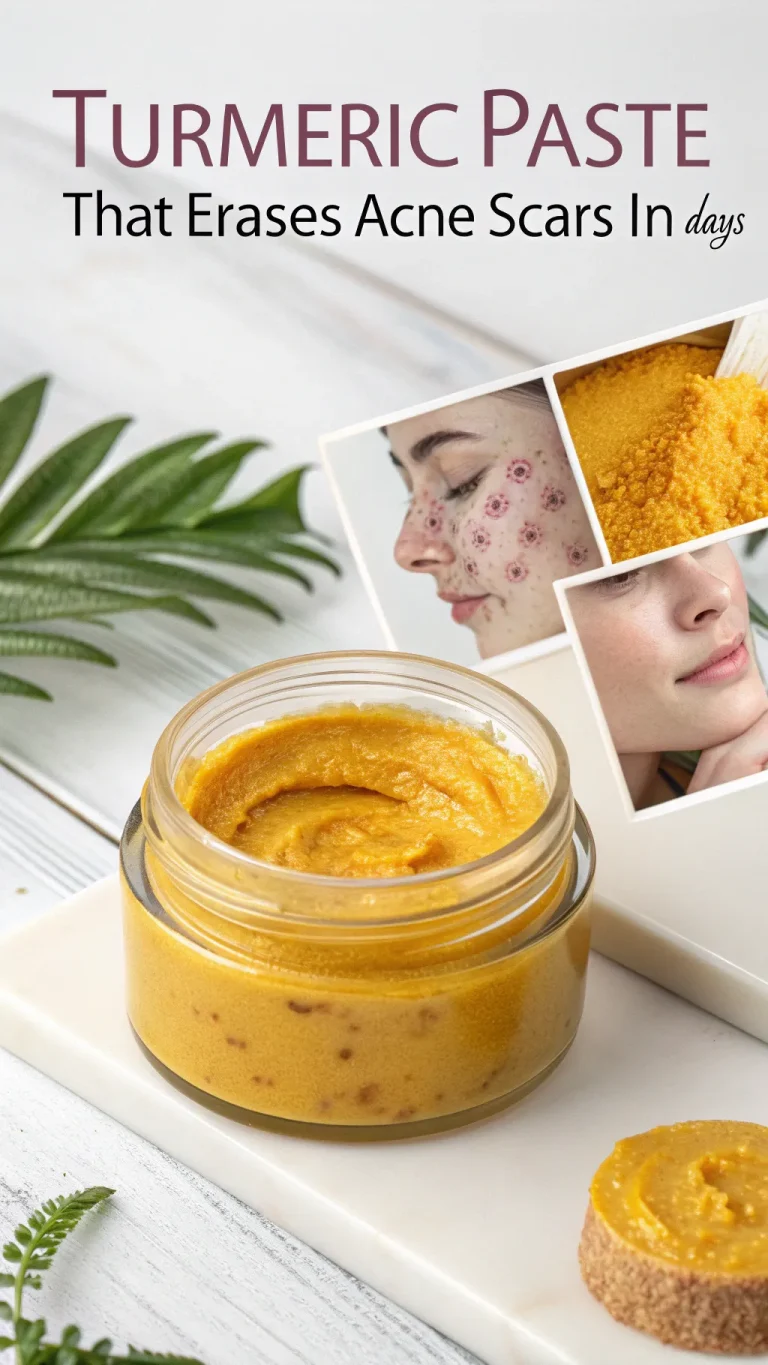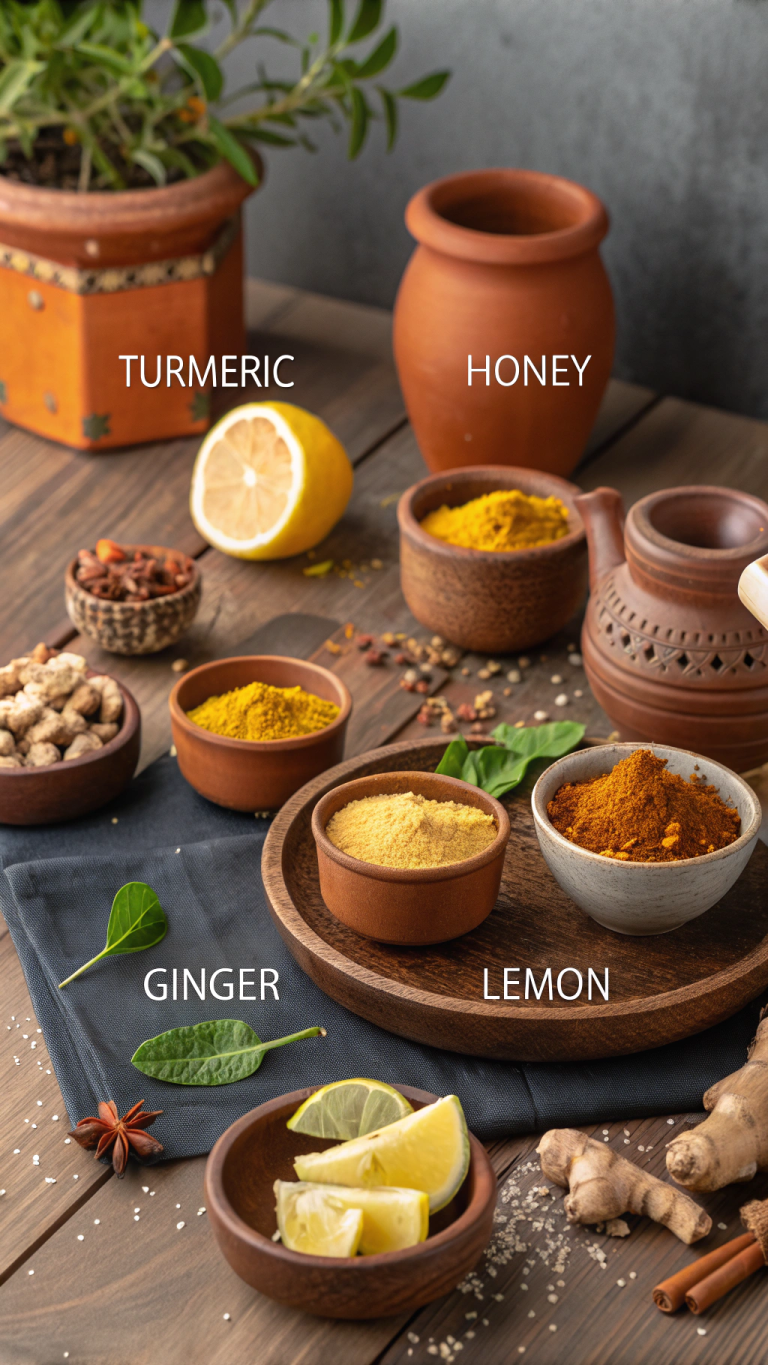Hot Spot Dog Home Remedy Apple Cider Vinegar A Natural Approach
Introduction
Skin troubles feel frustrating. We all want relief that feels gentle. Many people look for natural help first. They search for things like a hot spot dog home remedy using apple cider vinegar. This shows we want simple, natural answers for skin problems. We look back to old ways.
Common skin irritations bother us. Inflammation can make skin red and itchy. Finding natural solutions feels right. People seek options beyond typical creams. I have spent years studying natural ways. I learned from plants and old traditions.
This article explores natural skin care. It shares wisdom from herbal medicine. We will also look at Ayurvedic principles. You can find simple, natural solutions for skin issues. We will learn the ‘why’ behind these old practices.
We will cover many topics. You will learn about natural skin health. We explore helpful herbs next. Ayurvedic ideas for skin come after that. Then, we cover simple home remedies. You will see how natural healing works.
Okay, let’s dive into the heart of natural skin wellness.
The Foundations of Natural Skin Health & Healing
Our skin does so much for us. It’s our body’s first shield. It keeps things out. It holds things in. Think of it as a smart, living layer. It protects us from the world. Skin health often shows our inner health. What happens inside often shows outside. Diet matters. Stress shows up. Our gut health plays a role. Treating skin problems needs a whole-body view. We look at the person, not just the spot. This is holistic wellness.
Inflammation is a natural body process. It helps us heal. Sometimes it gets stuck. This leads to chronic issues. Skin gets red. It feels hot. Irritants from outside cause problems. Chemicals hurt the skin barrier. Pollution affects it too. This can create angry spots. These spots are like concentrated irritation. You want natural anti-inflammatory support. Natural healing methods focus on support. We help the skin heal itself.
Natural healing uses gentle ways. It supports the skin barrier. It helps balance the skin’s pH. It fights bad microbes gently. It calms redness. It uses nature’s compounds. These compounds have anti-inflammatory power. They fight microbes too. They soothe the skin. Natural medicine offers many tools.
- Simple Skin Tip: Wash your face gently. Use mild soap. Pat skin dry. Hydrate it well. Avoid harsh stuff.
Potent Herbal Allies for Skin Relief
Nature gives us amazing plants. Many herbs help the skin. They have been used for ages. Traditional remedies often use them. I have seen many work wonders. They offer natural healing.
Let’s look at some key herbs.
- Calendula: This bright flower is a skin favorite. It calms skin down. It helps cuts heal. It is anti-inflammatory. I use calendula oil a lot. It’s great for dry patches. It helps minor scrapes.
- Preparation: Infused oil, salve, tea wash.
- Dosage: Use oil or salve as needed. Wash with cooled tea.
- Benefits: Soothes irritation. Helps wounds. Good for eczema.
- Precautions: Some people might be sensitive. Patch test first.
- Chamomile: We know it for tea. It also calms skin redness. It reduces inflammation. It’s very gentle. A cool chamomile compress feels nice.
- Preparation: Strong tea, compress, oil.
- Dosage: Use cooled tea as a wash. Apply compress for 15 mins.
- Benefits: Calms redness. Reduces itching. Good for mild rashes.
- Precautions: Rare daisy family allergy.
- Aloe Vera: The gel from the leaf is famous. It cools burns. It reduces inflammation. It helps skin heal. Fresh gel is best. I keep a plant handy.
- Preparation: Fresh gel, store-bought gel.
- Dosage: Apply gel directly. Use as needed.
- Benefits: Soothes burns. Calms irritation. Moisturizes.
- Precautions: Use pure gel. Some store gels have additives.
- Neem: This tree is powerful in Ayurveda. It is very anti-microbial. It fights fungus and bacteria. I use neem oil for stubborn issues. It has a strong smell.
- Preparation: Oil, powder paste, tea wash.
- Dosage: Dilute neem oil with a carrier oil. Use powder paste briefly.
- Benefits: Helps acne. Fights infections. Good for fungal issues.
- Precautions: Very potent. Dilute oil well. Test a small area.
- Turmeric: This spice is anti-inflammatory. It’s strong inside and out. A turmeric paste can help spots. It can stain skin yellow. Be careful with it.
- Preparation: Powder paste with water or honey.
- Dosage: Apply paste for 10-15 mins. Rinse off.
- Benefits: Reduces inflammation. Antioxidant. Good for acne spots.
- Precautions: Stains skin and clothes. Use sparingly.
- Witch Hazel: This plant makes a good astringent. It tightens pores. It reduces swelling. It helps with bites and bumps. Look for alcohol-free versions.
- Preparation: Liquid extract (toner).
- Dosage: Apply with a cotton ball. Use as needed.
- Benefits: Reduces swelling. Calms itching. Tightens skin.
- Precautions: Can be drying. Avoid alcohol versions.
Remember dosage guidelines for safety. Topical remedies are powerful. Herbal supplements work differently inside. Plant-based medicine offers many options.
- DIY Herbal Tip: Make a simple calendula oil. Put dried calendula flowers in a jar. Cover with olive or almond oil. Let it sit for 4-6 weeks. Store in a dark place. Strain out the flowers. Use the oil on dry or irritated skin.
Ayurvedic Wisdom for Radiant Skin
Ayurveda sees skin as very important. It calls skin ‘Twacha’. Skin health links to our inner balance. The three doshas matter here. Vata, Pitta, and Kapha affect skin. Bhrajaka Pitta is key for skin. It controls skin glow. When Pitta is high, skin gets red. It feels hot or inflamed. Vata imbalance makes skin dry. It can feel rough. Kapha issues lead to oily skin. Pores can get clogged. Ayurvedic treatments aim to balance these.
Ayurveda uses herbs internally and externally. Neem helps cleanse the body. Turmeric calms inflammation inside and out. Manjistha helps purify blood. Triphala supports digestion. Good digestion helps skin. Ayurvedic practices help detox. Gentle cleansing is key. Avoiding bad food combos helps skin. Managing stress is vital.
Ayurveda uses special oils. Mahanarayana oil soothes muscles. Kumkumadi tailam is for face glow. It uses saffron and herbs. Abhyanga is self-oil massage. You warm oil. You rub it into your skin. This helps circulation. It helps remove toxins. It makes skin soft. Traditional remedies like these work over time. Ayurvedic principles guide us.
- Ayurveda Skin Tip: Try a simple face pack. Mix chickpea flour (besan) with a pinch of turmeric. Add plain yogurt or rosewater. Make a paste. Apply to face. Leave for 10-15 mins. Rinse gently.
Practical DIY Home Remedies & Specific Applications
Making your own remedies is rewarding. Safety comes first. Always use clean tools. Use good quality ingredients. Store them right. Always, always patch test a new remedy. Put a tiny bit on your arm. Wait 24 hours. See how your skin reacts. Dilution is super important. Potent things need carrier oils or water. Essential oils are very strong. Vinegars are acidic.
Kitchens hold skin helpers. Oatmeal baths soothe itchy skin. Honey is anti-microbial. It helps little cuts. Raw honey is good. Coconut oil is a great moisturizer. It forms a barrier.
Now, let’s talk about apple cider vinegar. People search for its uses a lot. It’s acidic. It might kill some microbes. Some use diluted ACV as a toner. It can help oily skin. Some use it for foot soaks. This might help with fungus. Some use it on the scalp. It might help dandruff.
Here is a crucial point. ACV is very acidic. It can burn skin. Never put undiluted ACV on your skin. This is super important. It’s especially true for irritated skin. Broken skin is very sensitive.
Let me share a common search example. People look for a “Hot spot dog home remedy apple cider vinegar.” Hot spots are raw, irritated areas on dogs. People use diluted ACV on them. They hope the acid kills bacteria or yeast. They want it to dry the spot. Some people say it helps their dog’s itching. But even for dogs, vets warn about burns. Applying ACV, even diluted, to raw skin hurts. It can make things much worse.
This shows something important. A folk remedy for one use or species might be risky for another. Human skin is different from dog skin. Applying ACV to irritated human skin is generally a bad idea. It can cause chemical burns. It causes pain. It can delay healing. This specific pet remedy teaches us. We must understand the principles. We must follow safety rules. We need to use home remedies wisely.
Other simple DIY options exist. Cold compresses reduce swelling fast. Carrier oils like Jojoba or Rosehip oil moisturize well. Clay masks pull dirt from pores.
- Safe DIY Recipe: Oatmeal Bath. Put 1 cup of plain, uncooked oatmeal in a blender. Blend into a fine powder. Pour powder into warm bath water. Soak for 15-20 minutes. Rinse off gently. Pat skin dry.
Integrating Natural Remedies and Looking Ahead
Building a natural routine takes time. You can mix things up. Drink herbal teas. Follow Ayurvedic diet tips. Use topical remedies. Be consistent. Natural healing is often slow. Be patient with yourself. Listen to your body. See what works. See what doesn’t.
Natural remedies offer support. They are not magic cures. They don’t replace doctors. See a doctor for big problems. Go if skin is very painful. Go if it looks infected. Look for pus or spreading redness. See a doctor for fever. Go for anything that won’t heal. See them for new, strange rashes. Always tell your doctor what you use. This is ethical practice. My goal is to help you support your health safely.
What’s next in natural wellness? People are combining care more. This is integrative wellness. They use doctors and natural methods together. Sustainable sourcing is growing. People want herbs grown right. They want ethical plants. More people learn DIY herbalism. They make their own remedies safely. The gut-skin link is big now. We know gut health affects skin. We use probiotics and diet more. Personalized approaches are coming. We might tailor remedies just for you.
- Your Wellness Tip: Start a skin journal. Write down what you eat. Note stress levels. Write what remedies you use. Describe your skin each day. This helps you see patterns. It helps you find what works for you. Research local places for herbs. Find ethical suppliers.
FAQs
You might have questions about natural remedies. That is good. People ask me things all the time. Here are some common ones.
Is apple cider vinegar safe to use on human skin for irritation?
Be very careful with this. Diluted apple cider vinegar has uses. I use it sometimes. It can be a toner for oily skin. It helps foot soaks. It must be diluted a lot. Pure ACV is too strong. It can burn skin. This is true for irritated skin. Broken skin is very sensitive. I do not use it on open sores. Always test a tiny spot first. This is part of safe home remedies.
- Expert tip: Dilute it more than you think you need.
How quickly can I expect results from herbal remedies for skin issues?
Natural healing takes time. It is not always fast. Results vary. It depends on the problem. It depends on your body. Some remedies soothe right away. Think of cool aloe vera. Others take weeks. You need to be consistent. Keep using the herbal remedies. Natural healing builds slowly.
- My observation: Patience is a key ingredient.
Can Ayurvedic principles truly impact chronic skin conditions?
Ayurveda looks inside the body. Skin issues often start there. It sees imbalances. It uses diet and lifestyle changes. It uses specific herbs. These help balance your dosha. This supports the body’s healing. It can help chronic problems. It takes time and effort. Ayurvedic treatments are a journey. They offer natural healing support.
- Ayurveda insight: Skin health reflects inner harmony.
When should I stop using home remedies and see a doctor for a skin problem?
Know when to get help. Natural medicine supports you. It is not a cure-all. See a doctor for big problems. Go if skin hurts a lot. Look for signs of infection. These include pus. Redness that spreads is bad. Fever with a rash needs a doctor. Go for wounds that won’t heal. See them for any new rash. Always tell your doctor what you use. This is important for your care.
- Safety first: Your health is most important.
Are there any natural remedies to help with the itching of skin irritations?
Yes, many things help itching. Colloidal oatmeal baths are great. They calm the skin. Cool chamomile compresses help. Aloe vera gel is soothing. Witch hazel can reduce swelling. These topical remedies offer relief. Finding what causes the itch helps too. These are natural anti-inflammatory helpers. They make skin feel better.
- Quick fix: A cool compress often helps itching fast.
We have looked at many ways to help skin. We talked about herbal wisdom. We explored Ayurvedic ideas. We shared simple home remedies. Learning these helps you care for yourself. It is a gentle way to support health.
People look for natural help. You might search for things. Maybe it is a “Hot spot dog home remedy apple cider vinegar.” That search shows something. We want nature’s help. We seek natural healing. We look for home remedies for skin issues. This desire is powerful. It connects us to old ways.
Try some ideas from here. Start with something simple. Watch how your skin feels. Learn from what you see. Always put safety first. Use good ingredients. Get help when you need it.
Take one step today. Try a simple herbal tea. Make an oatmeal paste. Explore one Ayurvedic practice. Keep learning about natural healing. Your skin will thank you.
Jamie Carter
Jamie is deeply committed to holistic wellness, blending natural, home, and homeopathic remedies into her family’s daily life. She lives in a suburban home with a small herb garden where she grows plants like chamomile and lavender for remedies. Jamie spends her mornings teaching yoga and her afternoons researching or preparing remedies for her family’s health needs. She’s active in local wellness communities, often attending workshops on homeopathy and natural healing, and prefers gentle, non-invasive solutions over conventional medicine.
Goals and Motivations
Primary Goal: To support her family’s health using natural, home, and homeopathic remedies that are safe and effective.
Secondary Goal: To deepen her knowledge of homeopathic principles and share reliable remedies with her clients and community.
Motivations: Jamie is motivated by her belief in the body’s ability to heal itself with minimal intervention. She values remedies that are personalized, sustainable, and aligned with homeopathic philosophy, such as using highly diluted substances to stimulate healing.



